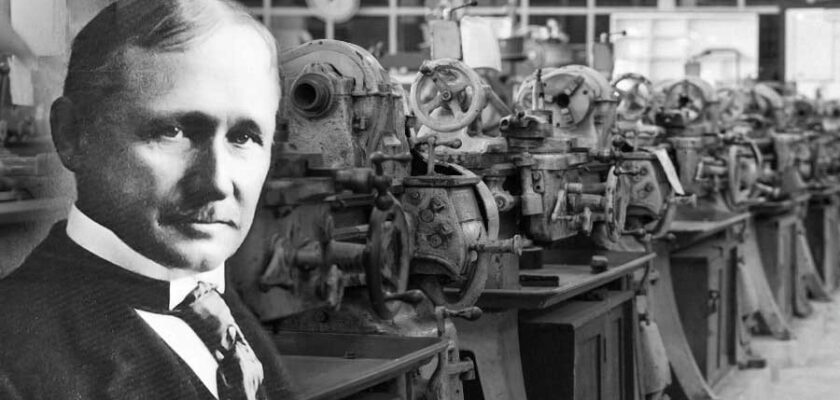Frederick Taylor and his book “The Principles of Management” were a milestone in enhancing employee satisfaction in the workplace. In his book, he stresses the point “prosperity for the employee, coupled with prosperity for the employer.” He explains a number of scenarios where his effort to balance the scale of satisfaction between the employer and employee worked out well for both the parties, and we will discuss one such case.
The Pig Iron Experiment:
Taylor, when he worked for the Bethlehem Steel Company, was once tasked with managing the handling of about 80000 tons of pig iron or crude iron from a storage site. The handlers would be allotted piles of iron, and they would carry it to the railcar that would further transport the iron.
He had about 75 handlers in his team, and they all handled about 12 and a half long tons of iron (2240 pounds per long ton) per person per day. Taylor felt that the cost of handling iron, which was estimated at 0.072 dollars, could be reduced. He collected data on how much iron a first-class handler can handle, and the results shocked him. The data revealed that one could handle up to 48 long tons of iron in a day.
Taylor understood that the natural tendency of any human being would be to put in minimum effort to receive maximum benefit unless influenced by other factors, such as unusual passion, or pressure, or significant incentives. He identified the most motivated of the crew and offered to pay about 1.85 dollars per day for his target against the existing 1.15 dollars, which was uniform for all handlers.
Taylor also realized that maximum efficiency couldn’t be achieved through mere motivation and drive. He consulted experts and appointed supervisors who told this worker when to work and when to rest to optimize his energy utilization. As this worked well for the handler, other handlers wanted in on the extra cash, and the production reached its desired levels in no time.
This particular model of distributing work is called “task work.” Instead of being offered a standard pay, where the amount of work may not always translate into compensation, the employees know what they are getting in return, and they know for sure what the task is. This certainty motivates them to get the task done and take their compensation home.
The cost calculations exhibit the reduction in the cost of iron handling to 0.036 dollars, which was at 0.072 dollars earlier. This saved about 36.5 thousand dollars for the company. On the other hand, the handlers were all taking home a higher wage. They were considerably happier to follow an efficient workflow and better pay. Since the heavy lifting requires a person to be sober at work, most of them were not regularly drinking. They were saving on that money, and their lifestyles improved.
Takeaway
Overall, the relationship between the crew and the management became stronger, and the environment was casual and friendly with the experiment. Taylor insists that employee satisfaction is inevitable for the long-term growth and prosperity of an organization.

